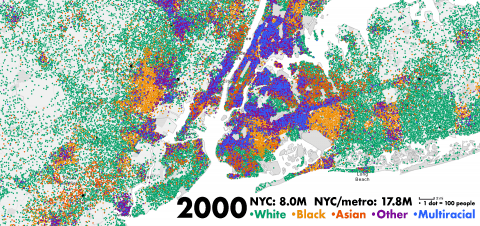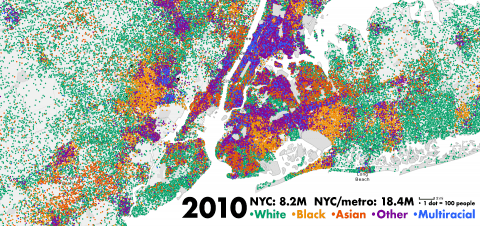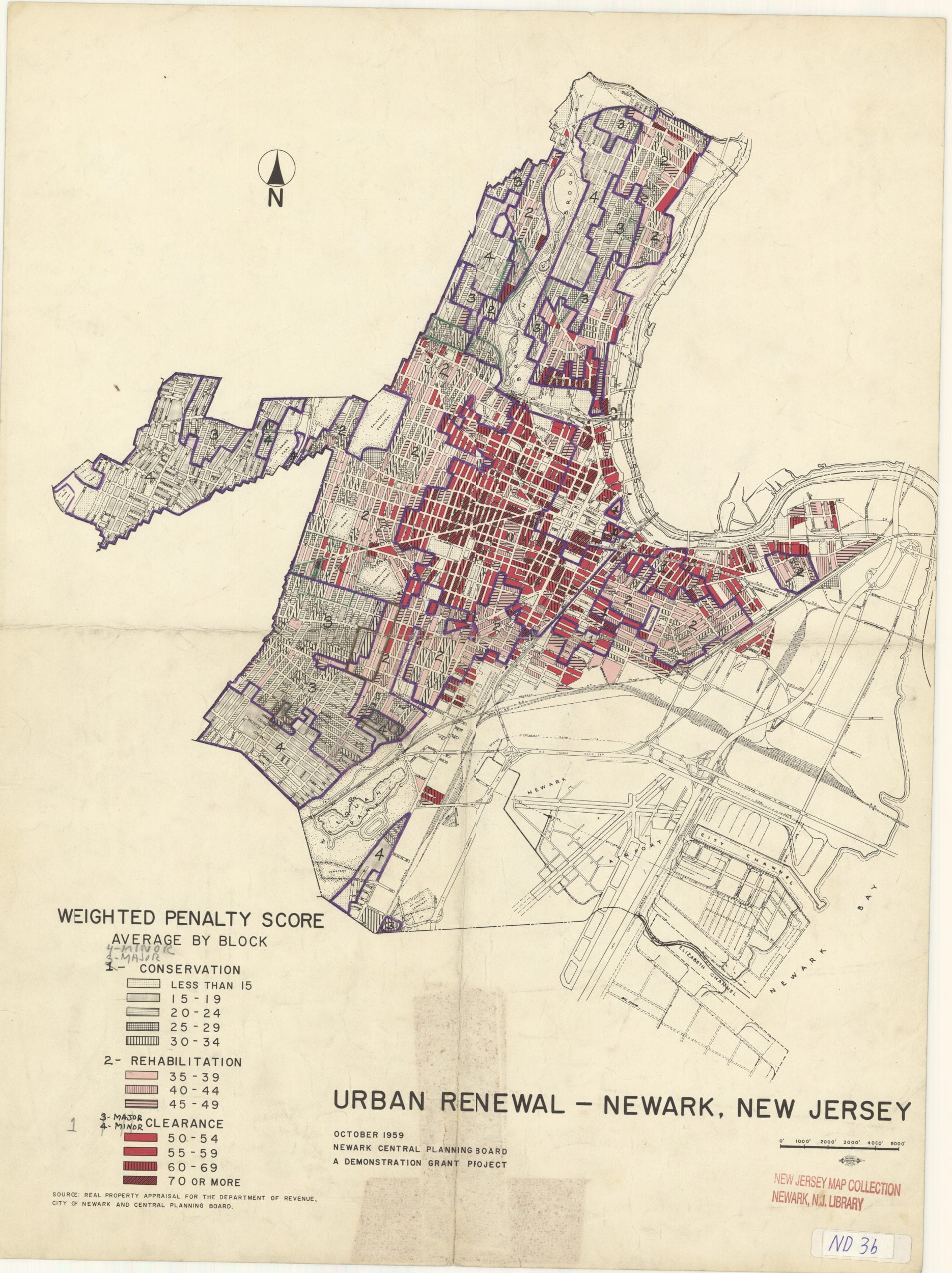Creating the Divided Metropolis:
How Newark came to be a poor city in a wealthy region
A dissertation submitted in partial satisfaction of the requirements for the degree Doctor of Philosophy in Architecture

.
Project Brief
“Wherever American cities are going, Newark will get there first” Mayor Kenneth Gibson declared in 1970, as the first black mayor of any major city in what is now the American Northeast and the Rust Belt. The history of Newark’s urban decline is specific to Newark and unique to the details of this city. And yet, Newark’s story is national in its implications, and mirrored in hundreds of other American cities large and small that also experienced decline.
From the 1950s through 1970s, Newark embarked on one of the most extensive programs of state-funded urban renewal in the nation, less costly only than those of New York City (20 times Newark’s population); Chicago (eight times larger); Philadelphia (five times larger), and Boston (twice as large). Newark’s program was certainly among the most ambitious: to clear out the areas called slums, to construct highways, to build public housing, to stimulate the urban economy, and – in the end – to stop urban decline. And yet for all the billions spent and an estimated 70,000 out of Newark’s 400,000 people displaced, the program failed to reverse urban economic and population decline. What mixture of actors and institutions – city planners, politicians, realtors, developers, and banks – caused Newark’s program to fail?
This project describes how two national programs impacted Newark: urban renewal (a program that invested in keeping the city stable) and redlining (a program that deprived investment to make the city unstable). The two programs – both initiated by local, regional, and federal governments and designed to profit real estate developers – coexisted and undermined each other in a decade of flaws and contradictions. Redlining usually refers to the practice when banks choose to not invest in a certain neighborhood or city because of the race of who lives there. Redlining is racial and economic discrimination. More importantly, although rarely framed in such terms, redlining describes the practice more broadly of choosing not to invest in a place because it is a city and considered a less profitable investment. Banks, developers, realtors, businesses, department stores, and the fabric of social institutions vital for urban life all migrated from the city to the suburbs. These other institutions all redlined Newark independently of the real estate lobby. More than anti-black, redlining is anti-urban.
This project frames Newark’s story in national terms. Each chapter examines one form of redlining in Newark, and then frames this form of localized redlining in the national picture of urban abandonment. There are five frames: transportation, finance, housing, welfare, and employment. This range of actors across areas – public and private, local and national – did not collaborate in a conspiracy to deprive Newark and the American city of wealth. But their actions overlapped and mutually reinforced each other to leave the American city behind and ensure that attempts to save the city through state-funded urban renewal would fail. Through anti-urban redlining practices in each of these five areas – transportation, finance, housing, welfare, and employment – urban decline was the inevitable result. The history of all places is told through one place, and the history of one place is told through all places.
.
Drafts of Chapters in Progress
Interstate Highways in Newark |
Public Housing in Newark |
How an infrastructure project ruined a racially integrated neighborhood |
How public housing was designed to fail black families |
 |
 |
.
Committee Members
Robert Fishman, planning history
Ana Morcillo Pallarés, built environment
Matthew Lassiter, urban/suburban history
.
See all my urban history publications about this place
.
See all my artwork about urban decline and urban decay
.




























